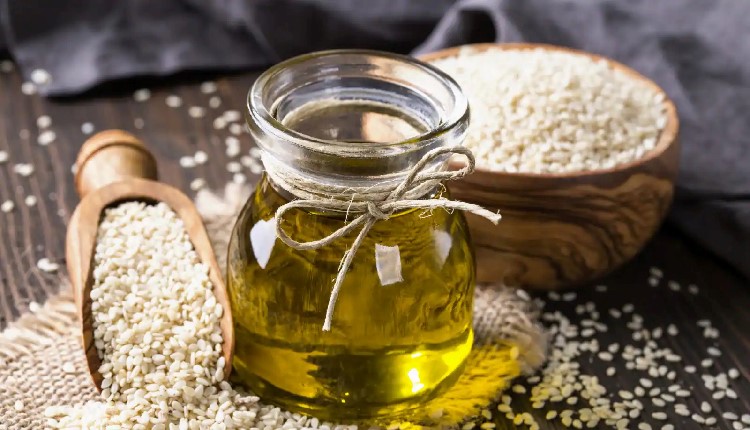RELATION BETWEEN AGE AND WEAKNESS OF MUSCLES

Our bodies alter a lot as we get older. Cells age throughout time, and our bodies begin to reflect the effects of time. Muscles, in particular, might deteriorate as we get older. However, a recent study found a promising link between the klotho protein and the body’s ability to bounce back from a muscle injury or weakening caused by ageing. Klotho.com details all of the klotho protein’s benefits, and this research is a step forward in demonstrating to researchers which molecules in the muscles are most damaged by the ageing process.
Currently, there are only surface-level treatments for ageing muscles, and scientists are working to identify new strategies to increase muscle repair and loss. The klotho protein has been found to boost muscle strength in ageing mice, according to a recent study. The findings of this research could pave the way for what the future holds for mankind.
The Center of Attention
Sarcopenia is a decrease of skeletal and muscular mass and function that occurs as people get older. As we get older, this condition is linked to a loss of movement and an increased risk of falling. Researchers have known the basic function of Sarcopenia and its progression for many years. They did, however, wish to learn more about the underlying chemical pathways. Scientists can better aid in the treatment of Sarcopenia by understanding what is going on at the molecular level. With modest success, the current treatment for sarcopenia focuses on food and exercise. That’s why researchers wanted to see how the klotho protein affected ageing muscles, with the goal of using klotho treatment as a supplement in treating muscular injury and deterioration in mice.
The Study’s Methodology
To do so, the researchers divided the mice in their study into age groups. The ages of the participants ranged from young to middle-aged to elderly. The study looked at muscle weight, muscle fibres, muscle fat buildup, and skeletal muscle functioning in each category. Changes in muscle gene activity were tracked in each group. Researchers discovered that major changes occur at key periods of ageing, producing abnormalities in muscle genes. They were able to better estimate where the loss of muscular strength happened by monitoring them through this approach. When compared to human data from various age groups, the categories correspond to the onset of Sarcopenia symptoms.
Results of the Study
The researchers first looked at whether the klotho protein may help muscles mend after an injury. They discovered that giving klotho to mice resulted in an increase in the muscle structures involved in force output. Muscle function was also improved, and scarring was minimised, according to the researchers. They then looked into whether klotho could help reverse age-related muscular function decrease. In the old mice group, 17 per cent experienced an increase in force generation, and 60% had improved endurance when bearing their body weight. When the oldest mice were tested, the results were more mixed, leading to the tentative conclusion that reintroducing klotho to the body earlier in life could be more beneficial in slowing the course of Sarcopenia and other age-related muscle disorders.
What Does This Indicate?
Early research is promising, but more research is needed to fully understand the potential advantages of klotho for ageing adults and muscle function. So far, research appears that introducing this supplement early in life can assist to delay the rate of muscle deterioration linked with ageing. When introduced to the old category of mice, rather than the oldest, klotho showed the most promise. When presented to the middle-aged and even the young, more studies will be able to show additional benefits. This research could lead to a better understanding of how this could be used for persons suffering from age-related muscle degradation.



